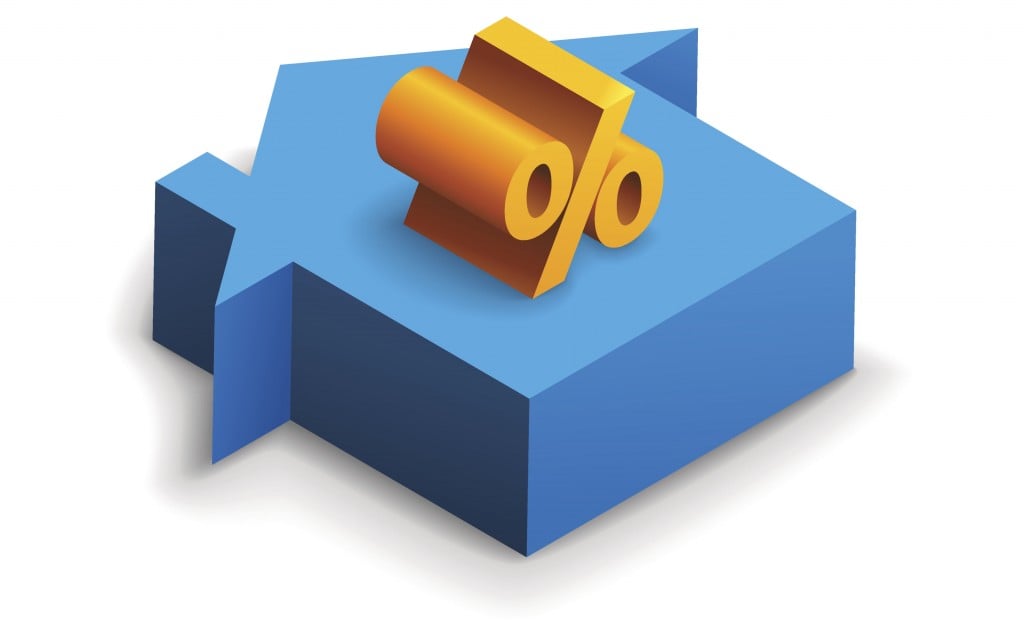Pick the best mortgage
Pick the right mortgage options to reduce interest and own your home sooner
Advertisement
Pick the right mortgage options to reduce interest and own your home sooner

Share this article Share on Facebook Share on Twitter Share on Linkedin Share on Reddit Share on Email